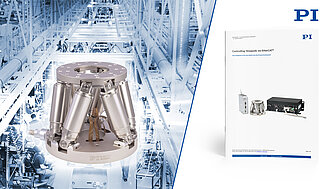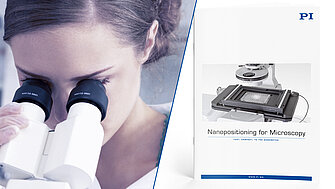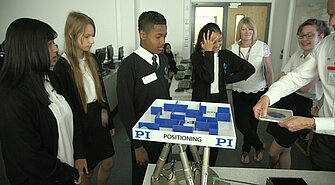Parallel-kinematic hexapod robots can move and position tools, workpieces, and complex components with weights ranging from a few grams to several hundred kilograms or even several tons in any spatial orientation with high precision. The PI hexapod controller with integrated EtherCAT interface now makes it very easy for users to integrate hexapods into automation systems without it being necessary to perform challenging kinematic transformations.
Learn moreTag: Parallel Kinematics
How can the advantages of hexapods be easily used in automation?
Learn in the white paper "Controlling hexapods via EtherCAT®" how integration into the process environment works
Precision Positioning of Samples and Objectives
The Key to Successful Microscoping
· Markus Wiederspahn
Whether classical stereo microscopy, fluorescent, widefield or laser scanning microscopy, whether SEM, FIB-SEM, TEM, AFM or correlative microscopy - positioning samples and objectives with subnanometer precision is decisive for the quality of your results with all of these techniques. This fully clickable, new “Nanopositioning for Microscopy” brochure provides a comprehensive overview of objective scanners and sample stages with up to six degrees of motion freedom – illustrated by a variety of today’s microscopy techniques.
Learn moreA Critical Shortage
Inspiring students interested in Science, Technology, Engineering and Mathematics (STEM)
· Kevin Grimley
There is an urgent need to inspire a younger generation to make a career choice that takes them into the high technology sector. I was therefore really excited to be able to go into a high school in Luton recently to talk to 120 GCSE students who were interested in Science, Technology, Engineering and Mathematics (STEM).
Learn more

